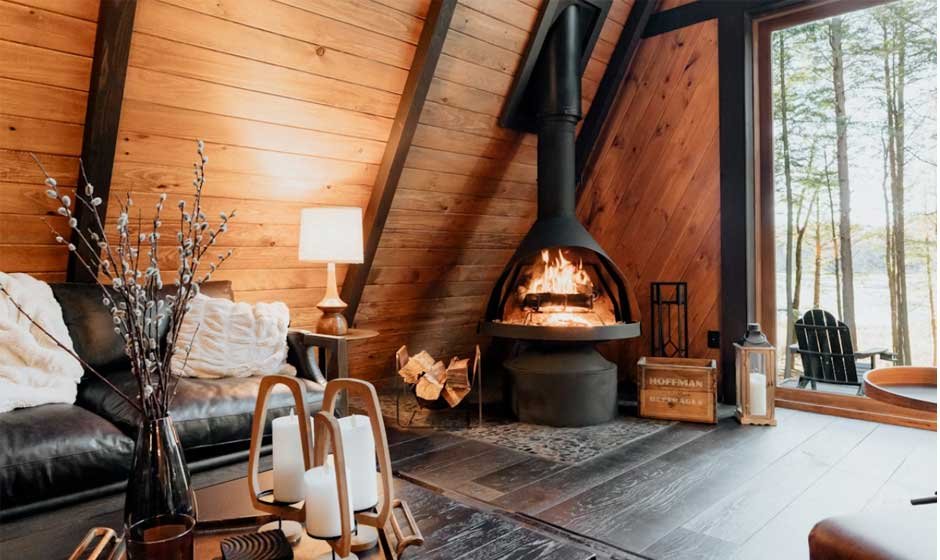Architectural acoustics focuses on designing and managing spaces to control sound effectively. It examines how architectural elements, materials, and room geometry influence sound quality within built environments. By refining acoustic properties, architects can enhance speech clarity in auditoriums, reduce noise in homes, and create balanced soundscapes in workplaces. Key factors include reverberation time, absorption coefficients, and spatial layout. Modern approaches often use computer simulations to predict performance and integrate advanced materials that absorb or diffuse sound efficiently. Ultimately, effective acoustic design promotes comfort, clarity, and an improved auditory experience across various settings.
Types of Wood Acoustic Panels
Different types of wood exhibit distinct acoustic qualities that affect how sound behaves. Hardwoods such as oak and maple are dense and durable, providing rich tonal characteristics ideal for precise sound control. Softer woods like pine produce warmer tones but offer less projection, while mahogany delivers a balanced resonance often preferred in music-related environments. Reclaimed wood adds both sustainability and visual appeal, with its unique grain patterns contributing to sound diffusion and natural character.
Wood acoustic panels come in several varieties, each serving specific acoustic and aesthetic purposes. Solid wood panels convey natural warmth and effectively reduce echo, making them suitable for spaces that prioritize both comfort and visual appeal. Plywood variants are lighter yet provide good sound performance and are more economical. Engineered wood panels allow customization in texture and finish, balancing design flexibility with acoustic function. Some panels feature grooves or perforations that enhance sound diffusion, making them adaptable solutions for both modern and traditional interiors.
The Role of Wood Acoustic Panels in Architectural Acoustics

Wood acoustic panels play a key role in acoustic regulation by absorbing excess noise and controlling sound reflections. Their ability to dampen high frequencies while preserving mid and low tones ensures a balanced auditory environment. When strategically placed, these panels minimize reverberation and improve clarity, making them ideal for offices, studios, auditoriums, and residential interiors. Beyond their practical use, wood contributes natural beauty and warmth, elevating the visual quality of interior spaces while maintaining functionality.
An important aspect of acoustic design is managing reverberation time, the period sound remains before fading. Adjusting room dimensions, furnishings, and surface materials helps control reflections, resulting in clear and comfortable acoustics. This careful balance between clarity and warmth is crucial in spaces such as concert halls and recording studios, where sound precision is essential.
Sound insulation also plays a vital role in overall acoustic performance. The use of soundproofing panels and specialized barriers helps reduce noise transmission between rooms, enhancing privacy and concentration. Proper placement, whether in commercial, residential, or entertainment environments, creates quiet and comfortable atmospheres conducive to productivity and relaxation. By understanding these acoustic principles, architects and designers can create environments that balance both function and comfort.
Advantages and Disadvantages of Wood Acoustic Panels
Wood acoustic panels offer several benefits. They absorb sound effectively, reducing echo and improving speech clarity. Their natural aesthetic complements various architectural styles, creating warm and inviting interiors. When sourced responsibly, wood also supports eco-friendly building practices and contributes to better indoor air quality. The material’s versatility allows it to blend seamlessly into different design themes, from contemporary offices to traditional homes, offering both durability and long-term value.
However, there are certain drawbacks. High-quality wood panels can be more expensive than synthetic options, and unsustainable sourcing may negatively impact the environment. Maintenance requirements, such as protection from moisture and surface wear, can add to long-term upkeep.
Compared to materials like fiberglass or acoustic foam, wood panels may not provide the highest level of soundproofing, but they excel at combining performance with visual warmth. Their strength lies in absorbing mid-range frequencies, improving sound quality without compromising aesthetics. Ultimately, selecting the right acoustic material depends on the project’s specific goals, budget, and desired atmosphere.
FAQs
How are wood acoustic panels installed?
Wood acoustic panels are usually mounted using clips, screws, or adhesive systems, depending on the wall structure and panel type. Professional installation is often recommended to ensure precise alignment and maximum acoustic performance. Panels can also be installed on ceilings or suspended systems for enhanced sound control.
How should wood acoustic panels be maintained?
Maintenance typically involves gentle dusting with a soft cloth and avoiding prolonged exposure to moisture. Panels with natural finishes may benefit from occasional polishing to maintain their appearance. Good ventilation and humidity control help prevent warping or surface damage over time.
Can wood acoustic panels be used in all types of buildings?
Yes, wood acoustic panels are versatile and suitable for a variety of spaces, including offices, schools, auditoriums, restaurants, and residential interiors. Their adaptability allows them to enhance both sound quality and visual design across different environments.










